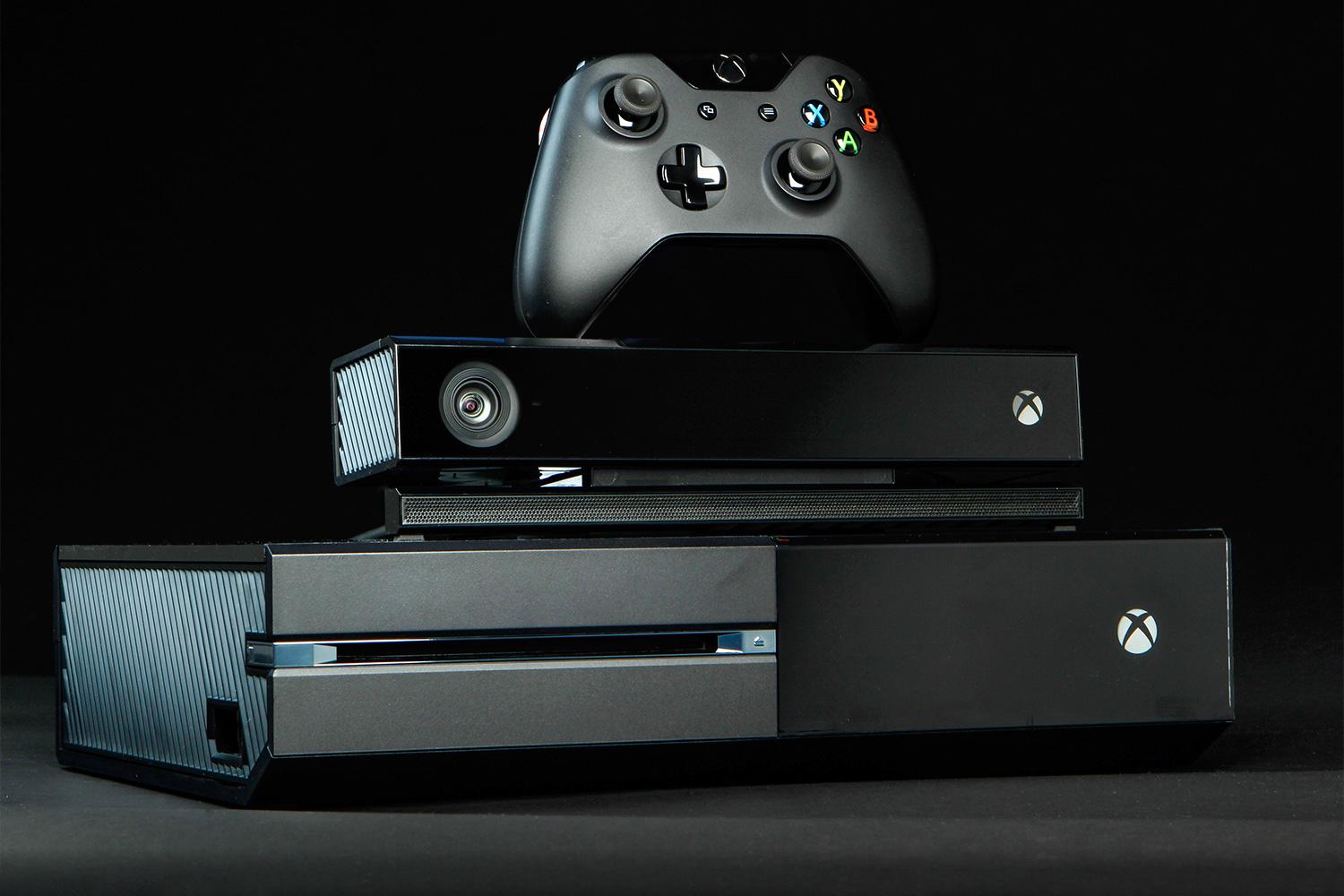How do you say hello in the Philippines?
0:284:41Learn Filipino – Filipino in Three Minutes – Greetings – YouTubeYouTubeStart of suggested clipEnd of suggested clipWhich you can use when greeting friends musta for formal situations we use tapo.MoreWhich you can use when greeting friends musta for formal situations we use tapo.
How do you greet someone in the Philippines?
Close friends and family may accompany a handshake with a pat on the back. Females may hug and kiss to greet each other. Typically, people greet each other by saying, 'kumusta kayo' ('how are you? ' in Tagalog).
Is there a Filipino word for hello?
Kumusta is the most direct way to say hello in Filipino, but it's not the only way Pinoys greet each other.
How do you say good morning in the Philippines?
For the Philippines, the default way for saying good morning in the Tagalog language is through “magandang umaga.” Pairing the statement with a warm smile can help in spreading positive vibes first thing in the morning.
How do you say thank you in Philippines?
Say let's wrap up this lesson by recapping what we've learned listen to the expression and repeat after me thank you salamat salamat the way to say thank you so much.
What are some basic Filipino words?
Here are some common Tagalog words and phrases to get your started:
- Hello (informal) = Musta.
- Hello (formal) = Kumusta.
- What is your name? (informal) = Anong pangalan mo?
- What is your name? (formal) = Ano po ang pangalan nila?
- Nice to meet you = Kinagagalak kong makilala ka.
- Good morning (informal) = Magandang umaga.
What is mano Po?
Put together, “mano po” literally translates to “your hand please” as the greeting initiates the gesture of touching the back of the hand of an elder lightly on one's forehead.
Is Kamusta Spanish or Filipino?
"Kamusta" or "Kumusta" (a formal version) is a common way for Filipinos to greet or receive someone warmly. Sometimes, this may also mean that you are checking on someone as this word is derived from Spanish word "Como esta?" which means "how are you?"
How do you respond to Kamusta?
You can respond to these expressions by saying “mabuti”, which means “fine” in English. To show appreciation to the greeting, the word "kumustá" may also be followed by the word “salamat”, which means "Thank you." You might also want to return the favor by asking how they are, too, to show concern.
How do you say lazy in the Philippines?
English:You're so lazy. Tagalog:Ang tamad mo! English:The child is lazy. Tagalog:Tamad ang bata.
What do you call a female Filipino?
Filipino is the Hispanized (or Anglicized) way of referring to both the people and the language in the Philippines. Note that it is also correct to say Filipino for a male and Filipina for a female.
What are some cool Filipino words?
Dive into 15 powerful Filipino words and their English translation.
- Bayanihan. …
- Bayani. …
- Magmuni-muni. …
- Maniwala. …
- Kinaiya. …
- Maharlika. …
- Pahimakas. …
- Tadhana.
How do you show respect in Tagalog?
“Pagmamano” is a Filipino gesture often done by young people to the elders as a sign of respect. This is done by gently striking the elder's right hand to the young's forehead.
Why do Filipinos say po?
Aside from this, you can hear in the Philippines saying “po” and “opo.” These are the words that Filipinos are using to show their respect when talking to elders and/or to someone that they respect. They usually punctuate or end a usual sentence in a conversation.
How do Filipinos show respect?
Some examples of respect are: Addressing elders with “po” at the end of sentences. Answering, “opo” to reply “yes” respectfully. Calling your older sister, “Ate” or your older brother, “Kuya.”
Do Filipinos still speak Spanish?
Although just approximately 0.5 percent of the Philippines' 100 million people speak Spanish, it still has the highest concentration of Spanish speakers in Asia.
Do Filipinos use Spanish?
Currently only about 0.5 per cent of the Philippines' 100 million-strong population speaks Spanish; however, it's still home to the most number of Spanish speakers in Asia.
How do you say I love you in the Philippines?
Mahal kita or if you want to explain those butterflies in your stomach.
What is the most offensive word in Philippines?
Contents
- 1 Putang ina mo.
- 2 Walang hiya.
- 3 Tae.
- 4 Punyeta.
- 5 Gago.
- 6 Pakshet.
- 7 Bwisit.
- 8 Leche.
How do you say angry in Philippines?
Galit is Filipino for “angry” or “mad.” By saying Galit ako, you're saying, “I'm mad” or “I'm angry.” Variations: Ginagalit mo ako!
Why do Filipinos say ate?
"Ate", is in reference to an older female relative or respected friend (especially one's own sister or kapatid), and means "Sister".
What race is Filipino?
Filipino Americans, for example, helped establish the Asian American movement and are classified by the U.S. Census as Asian.
What are common Filipino words?
Greetings and Essentials
- Magandang araw! …
- Mano po (ma-no po) / Bless.
- Oo / Hindi (o-o / hin-di) / Yes / No.
- Salamat (sa-la-mat) / Thank you.
- Walang anuman (wa-lang a-noo-man) / You're welcome.
- Paalam (pa-a-lam) / Goodbye.
- Nawawala ako (na-wa-wa-la a-ko) / I'm lost.
- Hinahanap ko (hi-na-ha-nap ko) / I'm looking for.
How do you say thank you in Filipino Tagalog?
Salamat is the word for “thank you” in many Filipino dialect, including Tagalog, Cebuano, Bikol, Hiligaynon, and Waray.
What do Filipinos call their mother?
Nanay
As a child, one would refer to one's parents as "Ama" or "Tatay" ("Father", in formal and informal Filipino, respectively) and "Ina" or "Nanay" (Mother, in formal and informal Filipino, respectively).

